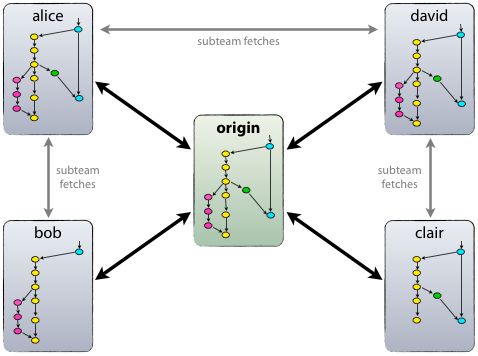<driver>com.mysql</driver>
<pool>
<min-pool-size>10</min-pool-size>
<max-pool-size>100</max-pool-size>
<prefill>true</prefill>
<use-strict-min>false</use-strict-min>
<flush-strategy>FailingConnectionOnly</flush-strategy>
</pool>
<security>
<user-name>root</user-name>
</security>
<statement>
<prepared-statement-cache-size>32</prepared-statement-cache-size>
<share-prepared-statements>true</share-prepared-statements>
</statement>
</datasource>
posted @ 2012-05-19 01:40 貝貝爸爸 閱讀(779) | 評論 (0) | 編輯 收藏








